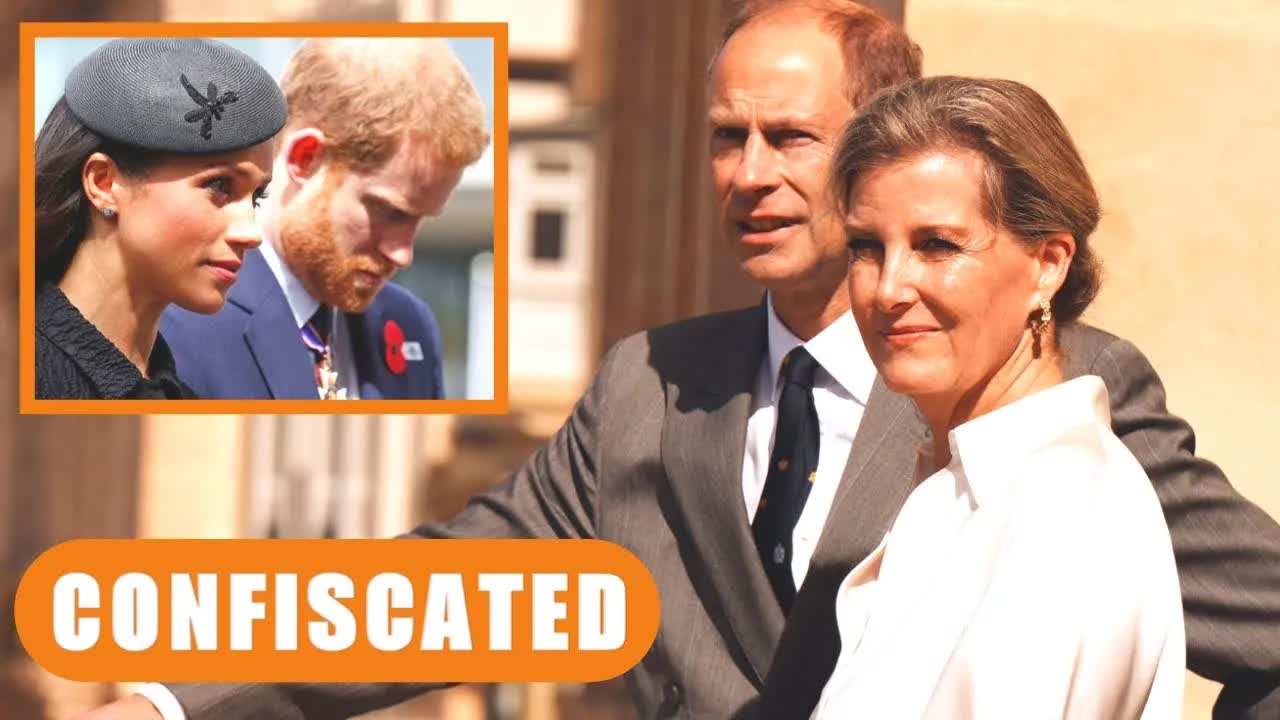As Prince Edward and Sophie, the Duke and Duchess of Edinburgh, touch down in Malta to commemorate the 60th anniversary of the nation’s independence, their visit carries a weighty significance.
This trip not only underscores the lasting influence of the British monarchy but also serves as a poignant reminder of the Sussexes’ estrangement from royal duties.
The ongoing scrutiny surrounding Meghan Markle‘s claims of Maltese ancestry adds another layer of intrigue to the royal narrative.
The couple’s journey is steeped in historical resonance.
They are retracing the steps of Edward’s parents, the late Queen Elizabeth II and Prince Philip, who called Malta home during the formative years of their marriage.
It’s noteworthy that this marks the first time any members of the royal family have returned to Villa Guadamunga since 1951, a residence that holds deep sentimental value for the British royals.
Their presence in Malta is more than just a ceremonial visit; it’s a celebration of shared heritage and a reminder of the royal family’s long-standing connection to the island.
Throughout their stay, Edward and Sophie have engaged in a variety of activities, including meetings with Maltese officials and a touching wreath-laying ceremony to honor the sacrifices made during World War II.
Their itinerary also highlights pressing social issues, such as gender-based violence and human trafficking.
This commitment to meaningful causes starkly contrasts with the recent actions of the Sussexes, which have often been viewed as self-serving and detached from the responsibilities that come with royal titles.
In the backdrop of their royal visit, Meghan Markle’s assertions about her Maltese ancestry have resurfaced, stirring skepticism among royal watchers and media commentators.
Meghan has previously claimed ties to Malta, but as Edward and Sophie bask in the goodwill of the public, doubts about the authenticity of her lineage linger.
Critics suggest that Meghan’s claims may be an attempt to enhance her public image by linking herself to a heritage she has not actively embraced.
This juxtaposition between Edward and Sophie’s dedication to royal duties and Meghan’s controversial assertions serves as a stark reminder of the Sussexes’ current standing within the royal narrative.
While the Duke and Duchess of Edinburgh are celebrated for their hard work and commitment to the monarchy, Meghan and Harry’s departure from royal life has left them struggling for relevance.
The British public remains captivated by the royal family, and the Sussexes’ efforts to maintain their status often seem lackluster in comparison.
The royal visit to Malta can be interpreted as a subtle yet powerful message to Meghan and Harry.
As Edward and Sophie connect with the Maltese people and honor their parents’ legacy, the Sussexes navigate a landscape where their royal titles increasingly feel more like a burden than a privilege.
The British media’s relentless focus on Meghan’s fashion choices and public appearances further highlights the growing divide between the Sussexes and the royal family.
The contrast between the two couples is striking; Edward and Sophie enjoy public affection while Meghan and Harry frequently find themselves embroiled in controversy.
This dynamic raises important questions about the future of the Sussexes within the royal narrative.
Will they ever reclaim their place within the royal fold, or are they destined to remain outsiders, overshadowed by the enduring legacy of the British monarchy?
Related Stories

